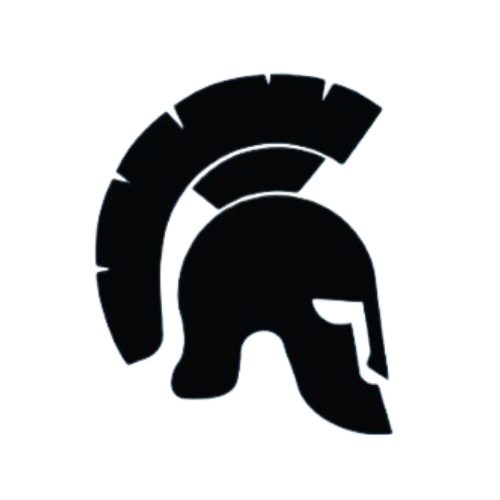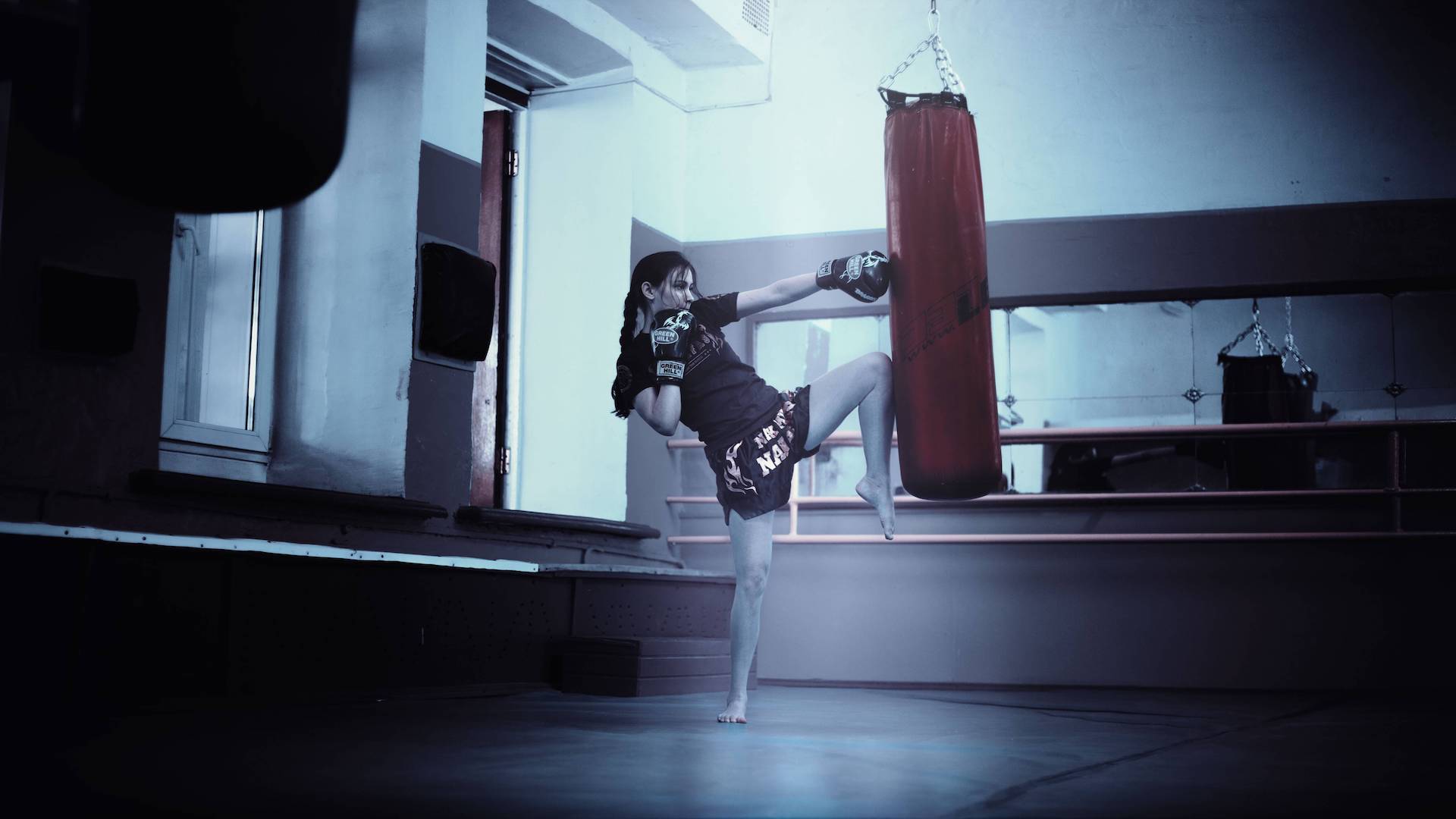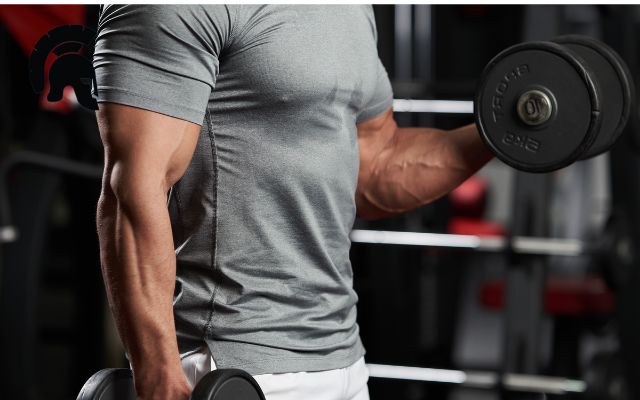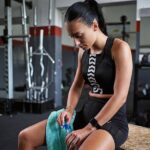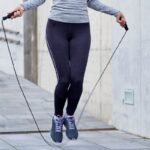You’re crushing it at the gym, pushing your limits, and feeling that incredible “pump”—that sensation of fullness and tautness in your muscles. But how long does this awesome feeling last? And more importantly, how can you maximize it to get the most out of your workout? Many people wonder about the exact duration of the pump and how to sustain or enhance it. This guide will break down the science behind the pump, exploring the factors that influence its duration, and providing practical strategies to help you achieve and maintain that satisfying feeling.
The “workout pump” is that feeling of fullness and tightness in your muscles after a tough workout. It’s often accompanied by a noticeable increase in muscle size and vascularity. You might be wondering about the duration of this feeling, how to make it last longer, and if it’s a reliable indicator of progress. This article will address your concerns and provide a comprehensive understanding of the pump and how you can maximize it, backed by research and expert advice.
The Science of the Pump: Decoding Workout Duration
What is the Pump?
The workout pump is primarily a physiological response to exercise, not just a feeling. It’s caused by increased blood flow to the working muscles and a temporary swelling of the muscle fibers. This swelling, or edema, is due to the movement of fluid into the muscles. While it’s a real effect, it’s not a permanent change in muscle size, and the feeling fades as the body rebalances fluid levels. The pump is not the same thing as delayed-onset muscle soreness (DOMS).
Factors Influencing Pump Duration
The duration of your workout pump is highly influenced by various factors. The intensity of your workout plays a significant role – heavier weights, more repetitions, and faster movements generally lead to a more intense pump. The type of exercise also matters; isolation exercises, which target a single muscle group, often result in a more focused pump compared to compound movements that work multiple muscles simultaneously. Your individual hydration status, dietary habits, and prior training experience can also affect how long the pump lasts.
Your body’s recovery also significantly impacts the pump’s duration. Giving your muscles adequate time to repair and replenish fluids is key to maintaining the pump and preventing soreness. You can think of the pump as a temporary byproduct of these processes, not the be-all and end-all of your workout. The key is finding the sweet spot where the pump is enjoyable without causing undue stress.
How Long Does the Pump Last?
The duration of the pump varies greatly from 2-3 hours depending on the exercises performed and your individual factors. A well-executed chest workout, for example, might provide a noticeable pump that lasts for 30-60 minutes after the session. Leg workouts often lead to a more pronounced and longer-lasting pump, potentially lasting 1-2 hours. Back workouts can also result in a good pump, but the duration might be somewhat similar to chest workouts. It’s important to understand that these are just general estimations.
The variability you experience is normal and is a direct result of the factors already mentioned. If you are experiencing significant differences in your pump duration across different workouts, consider what has changed in your routine from the last session.
How Long Does That Post-Workout Pump Last?
Maximizing Pump Duration
You can maximize the pump by strategically planning your workouts. Progressive overload – gradually increasing the weight, sets, or reps you lift over time – stimulates muscle growth and promotes a more intense pump. Choosing exercises that work specific muscle groups can help you target the area you want to pump. Proper pre-workout warm-up sets are crucial to prepare your muscles and blood vessels for the higher intensity, thus maximizing the potential pump. Nutrition and hydration are important for maximizing pump duration and recovery. A balanced diet rich in protein will aid muscle recovery, and adequate hydration ensures optimal blood flow.
Addressing Individual Variations
You will notice significant differences in how your body responds to exercise. Your training experience, genetics, and current physical condition play a major role. Someone with extensive training experience might notice a more pronounced pump compared to a beginner. Adjusting your workout routine to suit your individual progress and physiological responses is essential for getting the best results. Personalized strategies cater to your needs, maximize your potential, and prevent injuries. Tailor strategies based on your progress to maximize your workout pump.
Pump to Recovery
The Role of Soreness
Muscle soreness is a completely different experience than the pump. Delayed-onset muscle soreness (DOMS), usually occurring 24-48 hours after a workout, is a sign of microscopic muscle tears. While the pump involves fluid buildup and blood flow, DOMS involves muscle repair processes. The pump itself isn’t directly associated with pain but can sometimes be accompanied by a slight tenderness or fullness. Soreness typically kicks in after the initial pump has faded.
Managing Soreness
Strategies to manage post-workout soreness don’t directly affect the pump. A proper warm-up and cool-down routine helps prepare muscles for exertion and recovery. Stretching after a workout can promote better circulation and ease potential soreness. Proper nutrition and hydration after exercise aid in the recovery process. Rest and recovery are also critical components of managing soreness. Listen to your body and adjust your routine as needed to prevent excessive soreness.
The Impact of a Long-Lasting Pump and Soreness
A prolonged pump is not necessarily a sign of superior training progress. While a good pump can be motivating, don’t focus solely on it. Normal muscle soreness is a natural part of the process, as your muscles rebuild and adapt to the stress of exercise. Prolonged or unusually intense soreness could indicate overtraining, so adjust your workout intensity and rest periods to prevent this from occurring.
Pumping Iron? How Long Does Muscle Swelling Last After Your Workout?
Supplements and the Pump
Creatine is a popular supplement often associated with enhancing muscle size and workout pump. However, you must use supplements cautiously. Creatine can cause water retention in muscle tissue, which contributes to the pump. However, using supplements without proper guidance can lead to adverse effects. Consult with your doctor before using any supplements. A balanced approach focusing on whole foods and proper nutrition should be your priority, as supplements should only act as a supplement, not the cornerstone of your gains.
Beyond the Pump: Long-Term Goals
The pump is a short-term phenomenon, a positive feeling during your workout. Your long-term fitness goals should focus on consistent training, gradual improvement, and overall health and well-being. Prioritize consistency over the pursuit of a short-term feeling. Focus on consistency, proper form, and nutrition to achieve long-term goals in building strength and gaining muscle mass. The pump can be an exciting part of your journey, but don’t let it overshadow the importance of long-term progress and a healthy lifestyle.
Conclusion
In conclusion, the duration of your workout pump is influenced by factors like workout intensity, exercise type, and individual differences. While the feeling can last for a few hours, it is not a measure of progress or indicative of long-term gains. Focus on a balanced approach to exercise and recovery, ensuring you prioritize progressive overload, proper nutrition, and adequate rest. Don’t let the pump overshadow the importance of sustainable training habits and long-term well-being. Listen to your body, adjust your workouts, and keep your long-term health as your ultimate goal.
